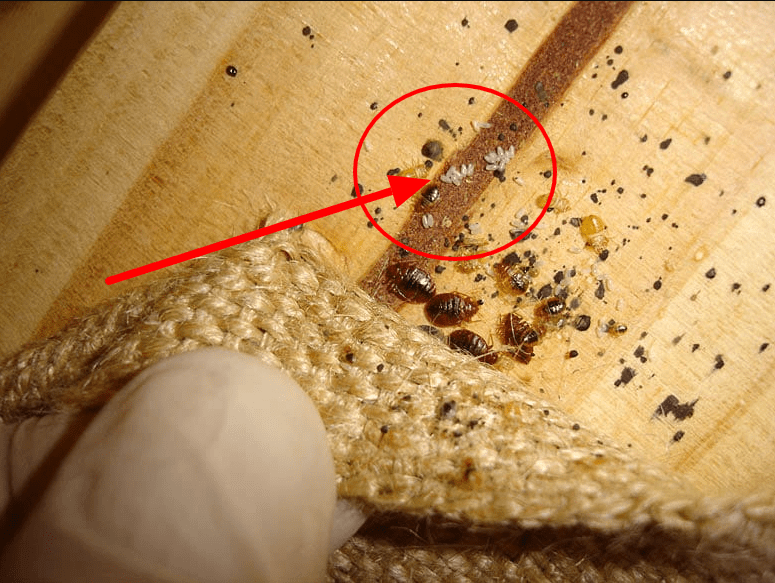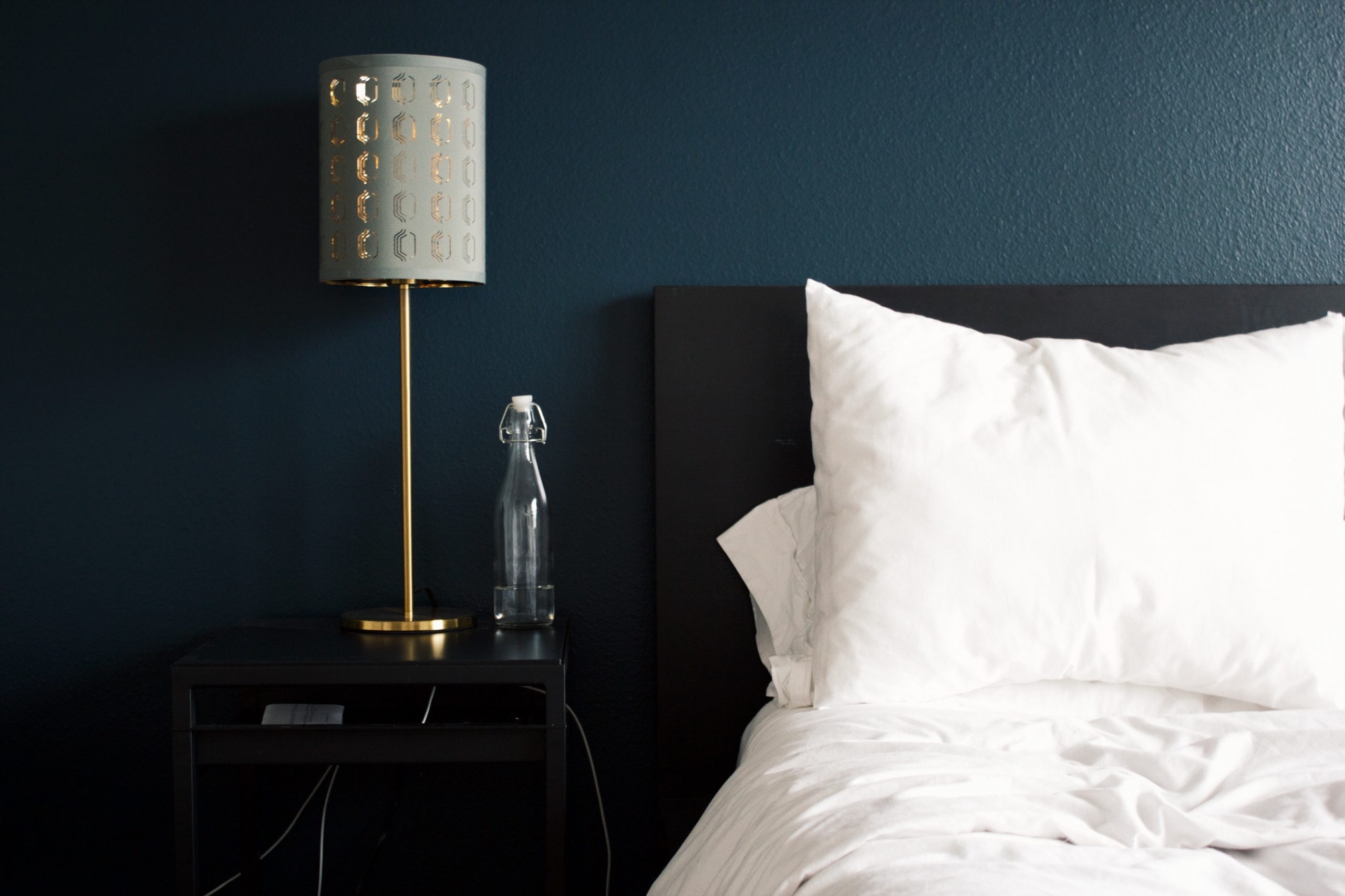Bed bugs are typically reddish-brown in color. However, their appearance can vary depending on factors such as their age and whether they have recently been fed. It’s important to know what bed bugs look like so that you can identify them against other similar-looking insects.
Keep in mind that their color can also be influenced by their environment, making it slightly variable.
Page Contents:
The Difference in Color Before and After a Blood Meal
Before feeding bed bugs are a much lighter shade of brown (they can appear very light depending on their life stage and individual characteristics). They can almost be completely translucent if they recently hatched or molted.
After a blood meal, bed bugs undergo a noticeable change in color due to the digestion of blood. They become engorged and their bodies swell, resulting in a darker, more reddish appearance. They can appear significantly darker or even blackish in color when they are fully engorged.

It’s worth noting that the extent of color change can vary among individual bed bugs and may depend on factors such as the amount of blood consumed and the time elapsed since feeding.
How Do You Tell if a Bug is a Bed Bug
Identifying an insect as a bed bug can be challenging, as there are various insects that resemble them. However, here are some key characteristics to look for when trying to determine if a bug is in fact a bed bug:
- Size and shape: Adult bed bugs are typically around 4 to 5 mm (1/4 inch) long and have an oval-shaped body. They are similar in size and shape to a small seed.
- Body Characteristics: Bed bugs have flat bodies, which allow them to hide in narrow cracks and crevices. They lack wings so they cannot fly. Like most insects, bed bugs have six legs and two antennae.
- Know the Life Stages: Bed bugs go through several life stages: egg, nymph, and adult. Nymphs resemble smaller versions of adult bed bugs and can be harder to see with the naked eye.
- Feeding behavior: Bed bugs are nocturnal and feed on the blood of humans and animals. If you notice unexplained bites on your body, especially in a linear or clustered pattern, it could indicate a bed bug infestation.
What Color Are Bed Bug Eggs
Bed bug eggs are typically small, oval-shaped, and about the size of a pinhead (around 1 mm or 0.04 inches). The color of bed bug eggs is generally pearly white or translucent. They can sometimes have a slightly yellowish or pale cream tint.

The eggs are often difficult to spot as they are tiny and tend to be laid in hidden cracks and crevices, whether it be within mattress seams, furniture joints, or behind wallpaper.
How to Control Bed Bugs
Controlling bed bugs can be a challenging process, but with persistence and a comprehensive approach, it is possible to eliminate them.
Here are some steps you can take to to get rid of bed bugs:
- Identify the infestation: Confirm that you have a bed bug infestation by looking for live bed bugs, shed skins, or fecal stains on bedding, mattresses, furniture, or other areas where they may hide.
- Reduce clutter: Declutter your living space to eliminate hiding spots for bed bugs. Clear out any unnecessary items and vacuum thoroughly to remove eggs, nymphs, and adults.
- Launder infested items: Wash infested bedding, clothing, and other washable items in hot water (at least 120°F or 49°C) and dry them on high heat for at least 30 minutes to kill any bed bugs present.
- Encase mattresses and box springs: Encase mattresses and box springs with bed bug-proof encasements to prevent bed bugs from infesting or escaping. Ensure the encasements are labeled specifically for bed bugs. Keep in mind that bed bug encasements are a strong measure to enable early discovery of an infestation and prevent the spread of bed bugs. This measure cannot be used as a method for removing an existing infestation, or saving a mattress that has already been infested.
- Seal cracks and crevices: Use caulk to seal up cracks and crevices in walls, baseboards, and furniture to minimize potential hiding places for bed bugs.
Bed Bug Facts
To close us out here are 3 interesting facts about bed bugs:
- Bed bugs typically feed for about 5-10 minutes before retreating to their hiding spots.
- Female bed bugs can lay over 600 eggs during their lifetime, typically depositing them in cracks and crevices near their nesting areas.
- While bed bugs are a nuisance and their bites can cause itching and discomfort, they are not known to transmit diseases to humans. However, their presence can lead to psychological distress, sleep disturbances, and secondary skin infections resulting from scratching.




